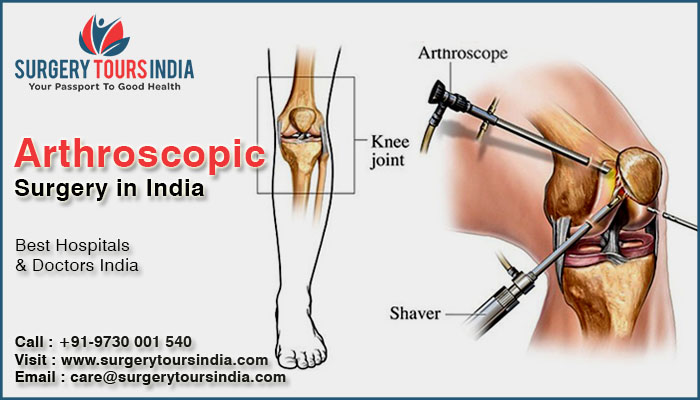Best Lung Transplant Surgery Hospitals in India
A lung transplantation procedure is a surgery which is useful in helping patients with end-stage pulmonary diseases extend their life expectancy as well as improve their quality of life.
A lung transplant requires the partial or complete removal of the patient’s lungs and replacing them with a donated lung. This helps people with severe lung diseases to breathe normally. It is considered to be an effective treatment for cases in which the disease has damaged most of the functions of the lung.
Also Read: Lung Cancer Treatment in India
Who are the Candidates for Lung Transplantation?
People with severe forms of lung (pulmonary) diseases that are at the end-stage are commonly considered for lung transplantation. This is the last resort of treatment for extremely damaging lung diseases that are a cause for disability.
These are the most common lung diseases that require lung transplantation:
- Idiopathic pulmonary arterial hypertension
- Cystic fibrosis
- Idiopathic pulmonary fibrosis
- Emphysema
- Chronic bronchitis
What are the Types of Lung Transplantation?
There are mainly four types of lung transplantation:
Lobe: Lobe transplant surgery involves removal of the diseased lung and replacing it with a healthy portion of donor’s lung. Usually, two donor lobes are required to be transplanted for replacing both the lungs. Living donor lungs are normally sourced from two different donors who have been screened for pulmonary diseases and any other underlying medical condition that may affect the functioning of the donated lung. Deceased lobar transplantation uses lungs from a single donor only to avoid chances of transplant rejection.
Single Lung: Many times a single lung may need to be replaced for the patient to restore a healthy life. Usually, a deceased donor lung is used in a single lung transplant.
Double Lung: In certain cases, both the lungs may need to be replaced due to extensive damage to the tissue, as seen in people affected with cystic fibrosis. Even if the patient’s single is damaged due to such a disease there is a risk of the infection of the transplanted lung spreading from the affected lung, hence both the lungs need new transplants.
What is the Procedure for Lung Transplantation?
Lung transplantation is advised as soon as a donor lung is available. After the pre-surgical preparations are done the surgical ensures that the donor lungs are suitable for transplant.
The surgery may require a single lung transplant or a double lung transplant and the choice depends mostly on the particular lung disease and other factors.
After administering general anesthesia the surgeon will make an incision in the chest for accessing your lungs. There are different techniques used in incisions that depends on the type of lung transplant you are having. An incision on the side of the chest is used for a single (partial) lung transplant while a large incision across the chest, or an incision on both sides of the chest, are used for a double (total) lung transplant.
The surgeon might need to put you on a cardiopulmonary bypass machine for the duration of the surgery in order to let the heart and breathing work efficiently.
In case your lung has damage to only a particular part of it the surgeon will usually remove only the damaged part and replace it with donated lung tissue. If the surgery is for replacement of one or both lungs completely the surgeon will carefully remove the lungs and set the donor lungs to replace them. The donor lungs are precisely fixed in place and the blood supply is reconnected to them. After checking that the donor lungs have adequate blood supply and have started functioning properly the surgeon will close the incisions using strong sutures.
What are the Potential Risks Associated with Lung Transplantation?
As with any kind of surgery the lung transplantation surgery carries a risk of infection and bleeding. The transplanted lung also faces the chances of failure to heal and function normally. Sepsis can occur as the inner body is exposed to air for a long time during surgery.
The complication that is of major concern after lung transplantation is transplant rejection. This poses a risk all throughout the life. Fever, flu-like symptoms, difficulty in breathing, increased chest pains, etc are normally signs of a transplant rejection.
For more information, medical assessment and medical quote send your detailed medical history and medical reports, as email attachment to:
Email:- care@surgerytoursindia.com
Call: +91-8882921234 | +91- 9730001540
 |
| Lung Cancer Treatment In India |
Tags: Lung Transplant Surgery in India, lung transplant in India, lung transplant, lung transplant in Delhi, lung transplant in India hospital, lung transplant in India cost, lung transplant surgery cost in India, heart lung transplant in India, lung transplant cost, lung transplant cost in India, lung transplant surgery, lung transplant procedure, lung transplant for copd, Lung Transplant Surgery in India, heart and lung transplant cost in india, Lung Transplantation, Best Lung Transplant Hospital in India, What is the cost of a lung transplant in India?, Lung Transplant in India, Lung Transplant Cost in Delhi NCR, cost of Lung transplant in india, Best Heart & Lung Transplant Surgery Hospital in India, Lung Transplant in Delhi, Best Lung Transplantation Hospitals in india, Lung Transplant Surgery, Best Lung Transplant Doctors in India, Doctors for Lung Transplant in india, Cost of Lung transplant cost in India, Lung Transplantation Cost in India










No comments:
Post a Comment